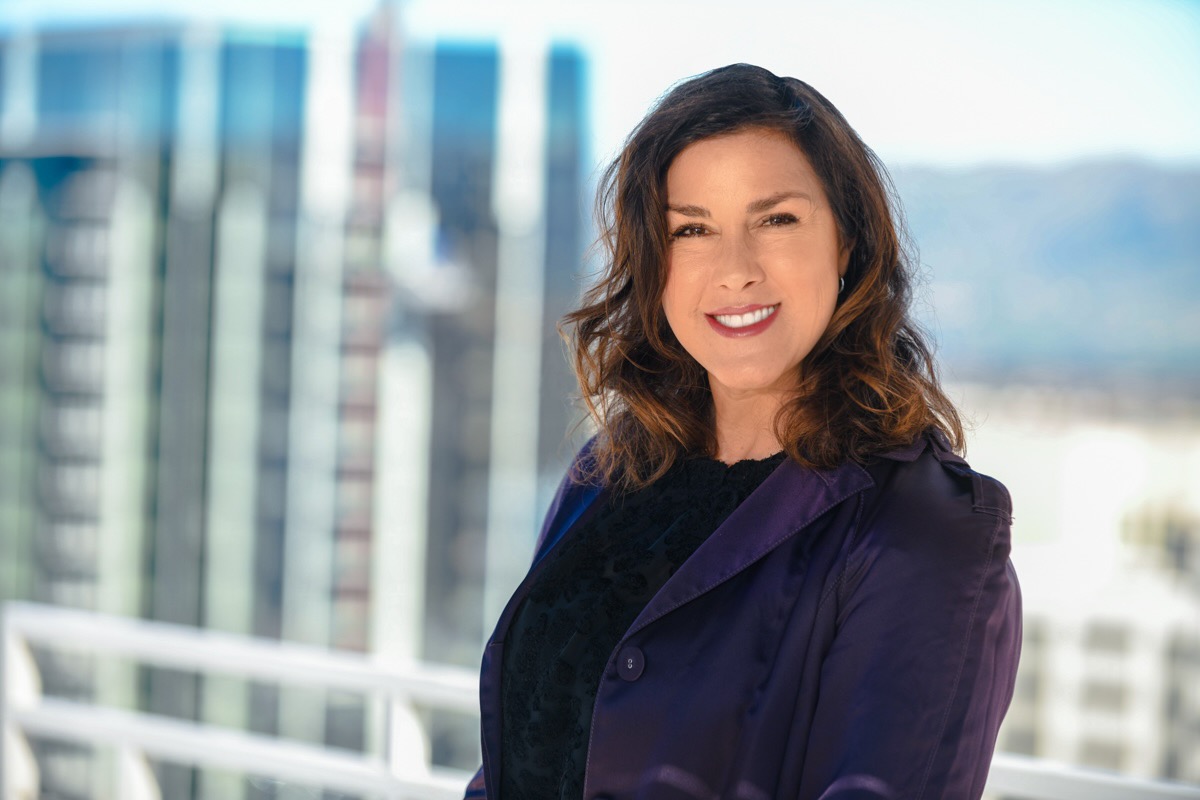Style and color trends and what they can mean to you
- Shelly Garza

- Aug 23, 2023
- 4 min read
The Ever-Evolving World of Interior Design
Trends inspired by Paris, Milan, NYC, and London’s Fashion week move quickly throughout the garment industry straight into our homes and the workplace. Watching network shows alike HGTV allows us to follow budding trends and perhaps look to carry them into our homes or workspaces. This is in large what stimulates so many industries along with keeping design fresh and exciting; what was once considered stylish and popular may now feel outdated and passé. It's important to stay informed about the latest design trends, understanding their impact on your true style objectives so you can avoid falling for elements that don’t really work for you. Here are some trends that are considered to have lost their appeal in contemporary design:
Grey Overload?
Over the last 10 years, grey took over interiors and all the supporting elements in design. Grey defined fresh, new, and trendy. While grey colors can create a sense of calm, balance, sophistication, timelessness, seriousness, and conservatism, it has become a popular choice for modern and minimalist spaces. Since grey can leave some feeling emotionally distant, gloomy, cold, or detached which can be perceived both positive or negative depending on the space and situation; it is important to understand where and why you are electing to use the color grey. Greys are beautiful and when using any form of grey in an exterior or interior design project, it is important to create the opportunity to bring visual balance into your color scheme. Remember grey is great, when used suitably.
Beige Overload?
Beige is a popular choice for interior color schemes, as it’s such a beautiful neutral. Beige’s ability to convey a sense of calmness and warmth while maintaining neutrality and versatility makes beige a popular choice in various design applications. Beige can bring about calm, relaxation, warmth, and comfort, however, the all-beige look can be looked upon by some as monotonous and lacking personality. As with any color, individual experiences, cultural influences, and personal preferences play a significant role in how the colors of beige are perceived and the emotions they elicit. Using an all-beige palette, it’s most likely the case that you will need areas of punctuation to enhance this neutral scheme like introducing a good amount of texture to support this subtle color scheme or punctuating this scheme by bringing some biophilia into your project and space to create a visually stimulating environment. Beige’s ability to convey a sense of calmness and warmth while maintaining neutrality and versatility makes beige a popular choice in various design applications.
Since contemporary design often leans towards more dynamic and expressive color palettes. Instead of sticking solely to beige, consider incorporating a mix of complementary colors, bold accents, or subtle neutrals to create depth and interest in your space.
Pastel Overload
Pastel colors can bring a soft and delicate touch to any space but using them excessively can create a quickly outdated and overly saccharine atmosphere. I always look for a more balanced approach by using pastels as accents or in combination with bolder hues. This allows for a modern and sophisticated look while still capturing the essence of all our beautiful pastel shades.
Shiny Brass and Gold Fixtures
Shiny brass and gold fixtures were once considered luxurious and opulent and have a very specific place in contemporary and modern design. Ensure you pay attention to your spaces to guard against finishes that feel either too heavy or outdated. Bringing in a matte finish or brushed finishes to compliment strong metallic finishes such as brushed nickel are a nice alternate that can provide a subtle elegance with a more modern and sleeker vibe.
What’s the best material to use for countertops?
While granite (natural stone), quartzite (natural stone), and marble (natural stone) countertops have long been popular, they have started to lose favor in contemporary design due to their maintenance needs, dated appearance, and heavy colors. Engineered stone slabs have allowed for many alternate options. Quartz (engineered) and porcelain (engineered) offer a wide range of colors and patterns, provide a sleek and timeless aesthetic while achieving durability and ease of maintenance.
Over-Accessorized Spaces
In the past, heavily accessorized spaces were considered a sign of wealth and luxury. However, contemporary design leans towards a more minimalist and clutter-free approach. Avoid over-accessorizing and instead focus on selecting a few key statement pieces or artwork that truly enhance the space. This allows for better visual balance and a more serene and sophisticated atmosphere.
Ornate and Intricate Details
Elaborate and intricate details, such as heavy moldings, excessive ornamentation, and ornate furniture, were once popular in traditional design. However, in contemporary design, simplicity and clean lines take center stage. Embrace a more streamlined and minimalist approach, opting for sleek and understated furniture pieces and architectural elements that create a sense of modernity and spaciousness.
Matchy-Matchy Furniture Sets
Gone are the days of perfectly matching furniture sets, where every piece in the room is identical. Contemporary design encourages a mix of styles, materials, and textures to create an eclectic and personalized look. Experiment with blending different furniture pieces, woods, finishes, materiality, and accessories to add depth and visual interest to your space.
Generic and Mass-Produced Décor
Generic and mass-produced décor items lack personality and uniqueness. To avoid a cookie-cutter design, seek out handmade or locally crafted pieces that showcase individuality and support artisans. Embrace the idea of having a space curated just for you, once that tells your story, and reflects your own personal style.




Comments